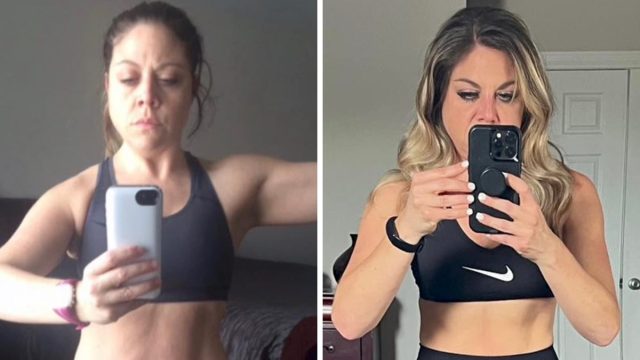A Nutrition Coach Reveals 7 Fat Loss Mistakes That Keep Women From Losing a Pant Size in 6 Weeks
Are you struggling with fat loss? Coach Melissa, founder of Fit Mission Nutrition, specializes in helping women over 35 "lose a pant size in 6 weeks." In a recent Instagram video, she shares the most common things you might be doing wrong that are keeping you from losing weight. "If you're eating 'healthy' but your body won't seem to drop the fat you want, these are the most common mistakes I see," she writes, launching into the seven biggest fat loss mistakes that people make.
Eating Too Much

Eating too much is the first mistake. "This one seems obvious, but it's what I see most looking at new clients' food logs. Foods you think are healthy, you can still overeat, like mindless snacking on pecans, which can really add calories. Also, things like sauces & dressing are most underestimated. I've seen a 1000-calorie salad on a client's log," she writes in her post.
Drinking Calories
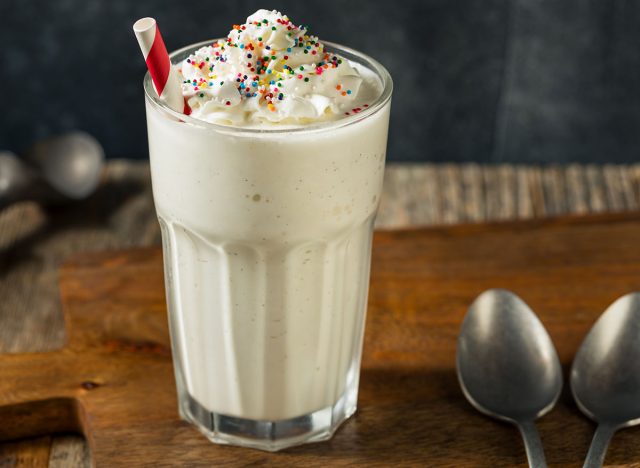
Next is drinking your calories. "Your morning latte, energy drinks, alcohol & even 'healthy' meal replacement shakes are on this list. Most are high in sugars & extra calories. Also, the very act of chewing & digesting solid food burns more calories than drinking & helps your brain register that you have taken in calories, so you don't want more soon after," she says.
RELATED: Woman Reveals 3 Simple Ways She Built Her Dream Body in 30 Days
Not Eating Enough Protein
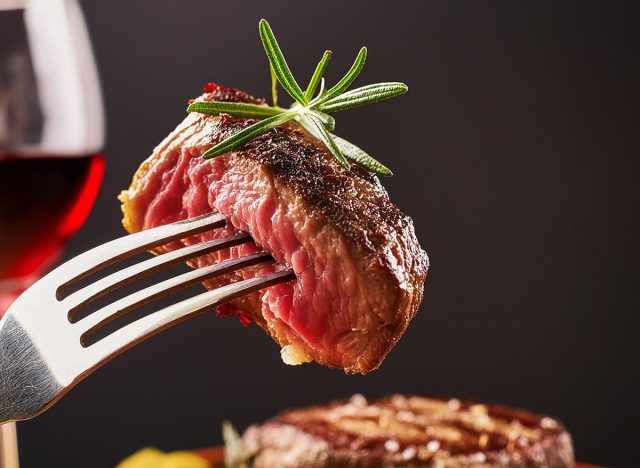
Not eating enough protein is another major mistake. "Protein over all else makes you feel full at meals, digesting it actually burns calories, it increases your metabolism & leads to overall decreased calorie consumption," she writes.
Not Managing Stress

Another common mistake? Melissa reveals that she is not managing stress. "Constant stress makes your body produce a hormone, cortisol. This hormone increases the storage of body fat if it's not controlled," she says.
Lack of Sleep and Rest

Lack of sleep and rest can be keeping you from burning fat, she claims. "Just like above, lack of sleep & rest raise cortisol levels & cause insulin sensitivity to decrease. This means that your body is more likely to store fat & not get the recovery it needs to burn fat," Melissa says.
Lack of Water
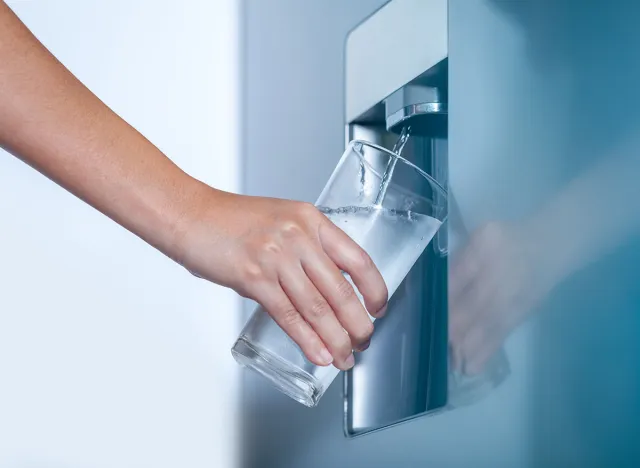
Are you hydrating enough? Lack of water could be making you hold onto fat. "Your body requires water for all of its metabolic processes & functions. Lack of water slows metabolism, hinders its ability to get rid of waste, and you will think you are hungry when really…you're thirsty," she writes.
Too Much Cardio
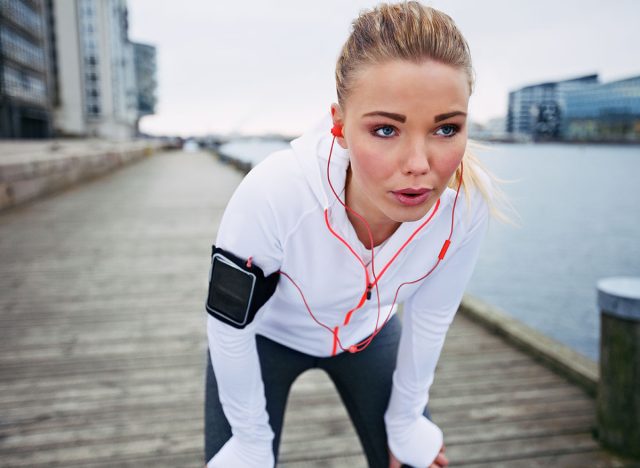
You might think that all the cardio you are doing is helping you burn fat. However, according to Melissa, it could be the opposite. "Daily high-intensity cardio causes overproduction of cortisol, inflammation & fatigue. Which goes back to the not enough rest/recovery above!" she writes.
RELATED: 8 Ways to Stop Hormones From Making You Store Fat
Bottom Line? Educate Yourself About the Science of Fat Loss
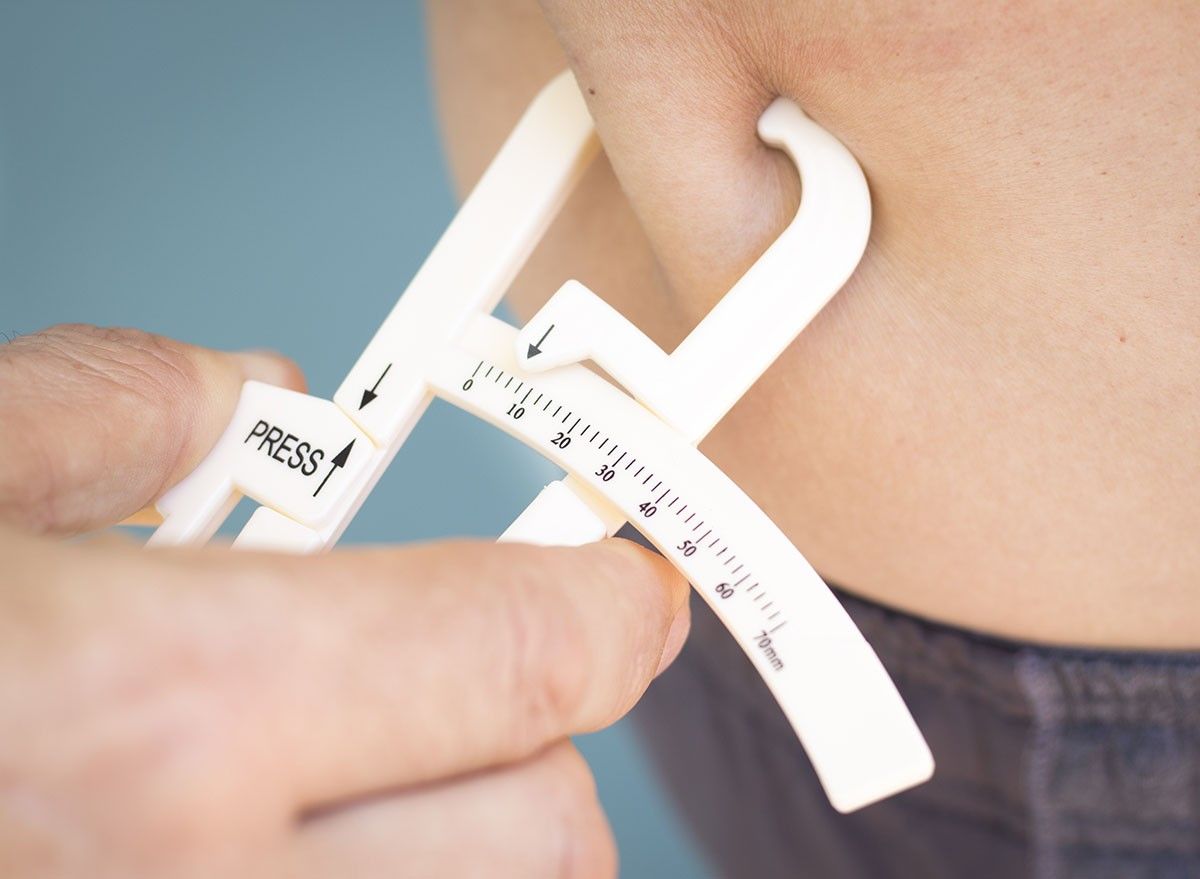
"All of this used to be me! I thought I was doing everything right to lose fat, but it turns out I was making many mistakes above," she says. "When you know the science behind fat loss, you can start putting your energy into what does matter & stop wasting time on what doesn't." And if you enjoyed this article, take advantage of these 15 Quick Ways to Lose Body Fat Percentage in a Week.
